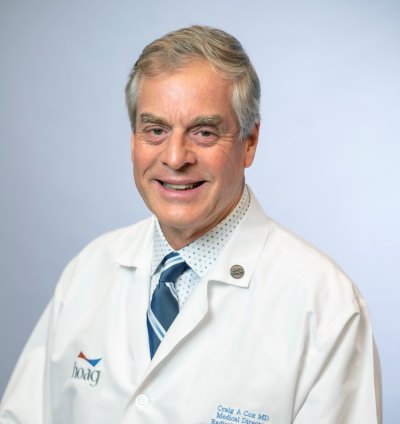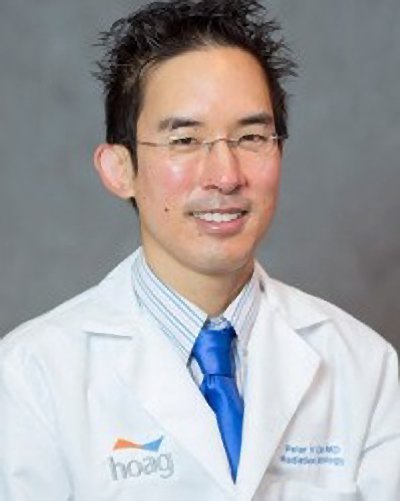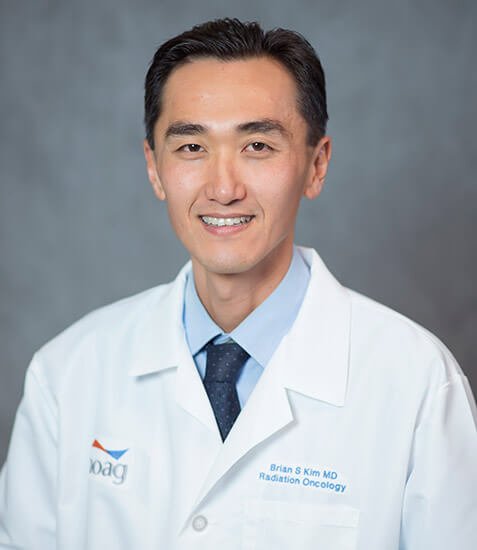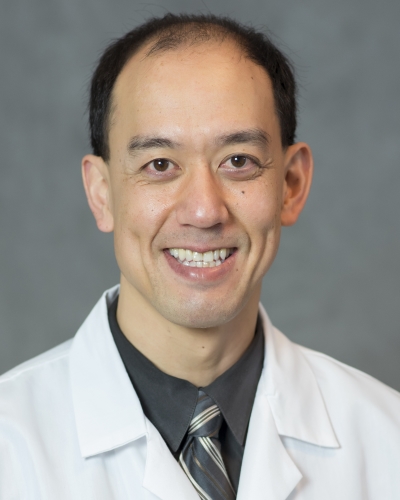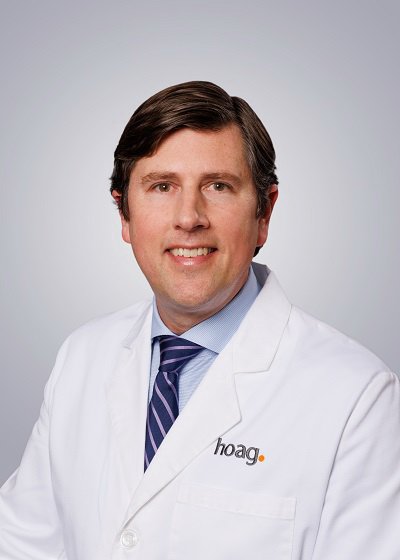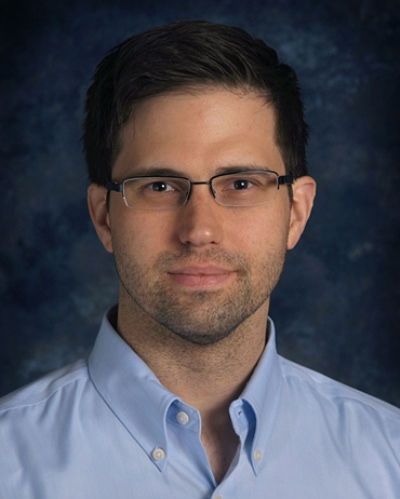When it comes to metastatic liver cancer and other gastrointestinal conditions, expert evaluation is vital to accurately diagnose liver cancer and then determine the best course of treatment for the individual patient.
At Hoag, our multidisciplinary team of gastrointestinal experts includes liver surgeons, liver transplant surgeons, medical oncologists, hepatologists and interventional radiologists who work together to thoroughly review and determine the best treatment option suited to each individual patient.
The Hoag team then carefully tailors a personalized treatment plan to effectively achieve the best possible outcome for the patient. This emphasis on a collaborative, comprehensive approach to patient-centered care is why Hoag patient outcomes rank are among the nation’s best.
The type of treatment recommended depends upon the stage of the cancer and may include surgery, non-surgical options or a combination of surgical and non-surgical treatment.
Surgery
When it comes to metastatic liver cancer, the most effective treatment option is surgery, often in combination with chemotherapy, since successful removal of the cancer leads to improved outcomes. Hoag provides the latest in progressive surgical options including:
Open Surgical Procedures (right lobectomy, left lobectomy, central resection, trisegmentectomy and wedge resection)
Laparoscopic Liver Surgery
Robotic-Assisted Liver Surgery
Non-Surgical Options
When patients are not eligible for surgical removal (resection) of liver tumors because their cancer is too advanced, Hoag provides a full array of innovative non-surgical treatment options, including:
Radiofrequency Ablation
Arterial Chemotherapy
Transarterial Chemoembolization (TACE)
Yttrium-90 Radioembolization
Radiation Therapy
Surgery
At Hoag, our expert team of hepatobiliary and pancreatic surgeons performs the highest volume of liver surgeries in California (more than 1000 liver resections per year, program-wide), including all forms of liver resection, such as right lobectomy, left lobectomy, trisegmentectomy and segmentectomy (wedge resection). And in cases when total hepatectomy is required, Hoag patients receive streamlined care into the highest volume liver transplant program in Southern California.
In addition, the Hoag surgical team performs more minimally invasive liver surgeries than any other surgical program in Southern California. Being a high-volume liver cancer surgical program enables the gastrointestinal experts at Hoag to achieve a technical skill level not all facilities can match.
Some of the advanced minimally invasive surgical procedures performed by the Hoag team include:
Laparoscopic Liver Surgery
Laparoscopic hepatectomy is a minimally invasive procedure in which the liver is partially resected via several small incisions instead of one large one.
Laparoscopic surgery provides many potential advantages compared to conventional surgery, including:
Less pain and scarring
Shorter hospital stay
Faster recovery, enabling a quicker return to normal activities
During the procedure, a laparoscope (a narrow tube with a camera) is inserted through one small incision. This allows the surgeon to see the liver via a high definition monitor. Several thin instruments are inserted through additional small incisions in order to remove the area of the liver where the tumor is located, along with a margin of healthy surrounding tissue.
Beyond standard laparoscopic techniques, Hoag surgeons utilize new technologies to overcome the limitations of traditional laparoscopic surgery. Innovative technologies such as laparoscopic hand-access devices allow Hoag surgeons to place their hand into the abdomen during a laparoscopic surgery and perform many of the precise functions of the hand that were previously possible only during open surgery.
Robotic-Assisted Liver Surgery
Hoag surgeons continue to lead the way in robotic-assisted surgery by being one of few centers in Southern California to perform this sophisticated, minimally invasive surgical approach for treating complex liver cancer. Being a high-volume gastrointestinal surgery program enables Hoag liver cancer experts to achieve a technical skill level not all facilities can match.
The new da Vinci®S HDTM Surgical System offers a highly precise, minimally invasive alternative to traditional surgery, which is why Hoag is pleased to be a pioneer in this expanded application to liver surgery. However, robotic-assisted surgery is not appropriate for every patient needing liver cancer surgery. Since the goal is a successful surgical result, each patient is evaluated individually to determine if robotic-assisted surgery is the best option for the individual patient.
Radiofrequency Ablation
Radiofrequency ablation (RFA) is an image-guided technique that heats and destroys liver cancer cells. During radiofrequency ablation, imaging techniques such as ultrasound are used to help guide a needle electrode into a cancerous tumor. High-frequency electrical currents are then passed through the electrode, creating heat that destroys the abnormal cells. RFA can be performed percutaneously, laparoscopically or via an open incision.
Although RFA may be performed via open surgical incision, Hoag surgeons, working in tandem with Hoag interventional radiologists, utilize specialized techniques for performing RFA using laparoscopic procedures.
Arterial Chemotherapy
Arterial Chemotherapy (also referred to as Hepatic Artery Infusion) is designed to improve chemotherapy benefits for liver cancer by increasing the amount of chemotherapy delivered to the site of the tumor. Chemotherapy is dispensed from a specialized infusion system in which a catheter is placed into the hepatic artery to directly deliver the chemotherapy to the lesion as selectively as possible. This technique spares the normal liver from the toxic effects of the therapy.
It’s important to note that removal of liver cancer by surgical means is the treatment of choice. Therefore, patients being considered for RFA should be evaluated by an experienced liver surgeon first, since surgical removal of the tumor is the best approach for tumor control. However, for patients who cannot undergo surgery either due to the extent of the disease, or the presence of cirrhosis or other medical conditions that pose an excessive risk, RFA is a safe and effective treatment option.
Transarterial Chemoembolization (TACE)
Similar to Arterial Chemotherapy, TACE is a minimally invasive treatment that delivers chemotherapy directly to the tumor, while also depriving the tumor of its blood supply by blocking (embolizing) the arteries that feed the tumor.
Using imaging for guidance, the interventional radiologist inserts a small catheter into the femoral artery and guides it to reach the blood vessels supplying the liver tumor. Embolic agents are then injected to keep the chemotherapy drug in the tumor by blocking the flow to other areas of the body. This allows for a higher dose of chemotherapy to be used, since less of the drug is able to circulate to the healthy cells in the body.
Yttrium-90 Radioembolization
Radioembolization is a minimally invasive procedure similar to chemoembolization. The difference is that Y-90 radioembolization utilizes radioactive microspheres. It is most commonly recommended in cases where liver cancer cannot be removed by surgery.
During the procedure, a catheter is inserted through a tiny incision in the groin and threaded through the arteries until it reaches the hepatic artery. Once it’s in place, millions of microscopic beads containing Y-90 are released. The microspheres lodge in the smaller vessels that directly feed the tumor, stopping blood flow and emitting radiation to kill the tumor cells while leaving most of the healthy tissue relatively unaffected.
Radiation Therapy
Radiation therapy is used in selected cases to help control liver metastases that cannot be surgically removed, or are too large to be treated effectively with ablation.
Hoag radiation oncologists and medical physicists work together with the Hoag team of liver cancer experts to develop an individualized treatment plan using the latest radiation therapy techniques.
One technique, Intensity-Modulated Radiation Therapy (IMRT), uses radiation beams of varying intensity that are molded to the shape of the tumor. Using highly sophisticated computer software and 3-D images from CT scans, radiation is focused on cancerous tissue with greater precision than conventional radiation therapy.
Another approach, known as Stereotactic Body Radiation Therapy (SBRT), uses a highly focused radiation field to deliver greater doses of radiation in fewer treatments. At Hoag, SBRT is delivered with via a highly advanced Tomotherapy unit. Tomotherapy is especially suited for SBRT because of the precise nature of helical IMRT, and the capability to take 3D images prior to each treatment to verify correct positioning.
Clinical Trials
Clinical trials play a significant role in gastrointestinal cancer treatment. That’s why Hoag physicians participate in a variety of clinical trials in order to bring advanced care to Hoag liver cancer patients.
The Most Advanced Treatment Options Are Now Available in Orange County
When it comes to seeking out the most advanced, academic-level gastrointestinal care, there is no longer any need to travel long distances. The Hoag Digestive Disease Center offers the latest in state-of-the-art diagnosis and leading-edge treatment options that may not be readily available at other centers, including participation in clinical trials that helps to bring advanced gastrointestinal care to even more patients.
Expert Care You Can Trust
The Hoag Digestive Disease Center continues to lead the way in complex gastrointestinal care, providing access to a highly specialized surgical team that works collaboratively with Hoag-affiliated GI and medical oncology specialists to provide academic-level care. Hoag’s committed to accurate diagnosis, combined with progressive therapeutic options enables Hoag patients to achieve some of the highest clinical outcomes in the nation.
To schedule a comprehensive diagnostic evaluation, or a second-opinion consultation with a Hoag gastrointestinal expert, visit Meet the Team, or call us at: 949-764-5350.
Perhaps the most distinguishing aspect of Hoag’s advanced treatment of gastrointestinal conditions is that in each and every case, treatment is always specifically tailored to the meet the unique needs of the individual patient.







